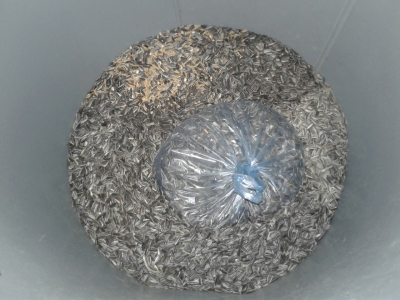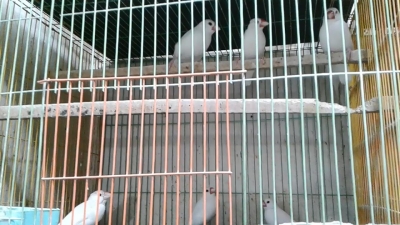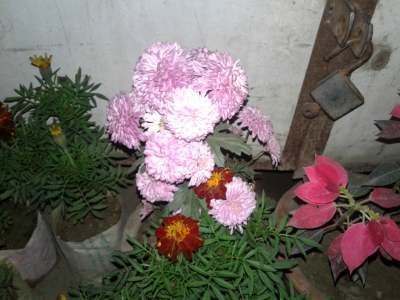Keeping aquarium shrimp colorful is a rewarding part of the hobby, but it requires proper care and attention to detail. With the right environment, di
Selecting suitable bedding is essential for providing comfort, hygiene, and safety to your pet rabbits. In this comprehensive guide, we'll explore the
When it comes to rabbit breeds, the options are as diverse and captivating as the personalities of these furry companions. In this comprehensive guide
"Tips for a Thriving Aquatic Environment" Caring for aquatic plants involves understanding their specific needs related to light, temperature, wate
Tips for Happy and Healthy BunniesAre you considering bringing a fluffy bundle of joy into your home? Pet rabbits make delightful companions, but they
Maintaining proper dental health is crucial for the overall well-being of pet rabbits. In this comprehensive guide, we'll explore the importance of ra
A Comprehensive Guide to Caring for RosesRoses, with their timeless beauty and enchanting fragrance, have long been symbols of love and romance. Culti
Dahlias are renowned for their stunning array of colors, shapes, and sizes, making them a beloved choice among gardeners worldwide. With thousands of
Pruning is a fundamental aspect of dahlia care that plays a crucial role in shaping plant growth, promoting flowering, and maintaining overall plant h
The Importance of Air Circulation for RosesAir circulation plays a crucial role in maintaining the health and vitality of roses in the garden. Proper
Defending Delicate Blooms: Understanding and Preventing Common Rose DiseasesRoses, with their exquisite beauty and enchanting fragrance, are cherished
Blue Panda Guppies are a stunning and popular choice for aquarium enthusiasts. Creating the ideal tank environment is essential for showcasing their v

Price: N/A

Price: N/A

Price: N/A

Price: N/A

Price: N/A

Price: N/A

Price: N/A

Price: 3500 Tk

Price: N/A

Price: N/A